by Danielle Fernandes, 6 May 2024
Young people deserve an education that equips them to critically analyze competing narratives, challenge misinformation and champion their own sexual health rights.
The Vatican issued a statement recently calling gender transition and fluidity a threat to human dignity. From the repeal of abortion rights across the United States to the criminalization of homosexuality in Uganda, it’s clear that sexual health rights are under siege globally. Yet, the fiercest battlefront is in classrooms where sex education unfolds.
In particular, “comprehensive sex education” has become a lightning rod for controversy, igniting moral panic around young people learning about gender theory, sexuality, safe sex, abortion care and more. But my experience designing sex education programs has taught me that “comprehensive” sex education isn’t comprehensive enough. What’s missing is a critical approach to sexual education that examines the political, cultural and economic factors shaping sexual decisions and health.
The concept of “critical sex education” was proposed by York University professor Laina Bay-Cheng as an alternative pedagogical model. Unlike current sex education curricula that are depoliticized and focused on promoting safe choices, a critical approach acknowledges that sexual choices are shaped by social conditions and engages young people to advocate for their sexual rights.
The debates around sex education feature a diverse cast of characters—parents, educators, sexual health professionals—all eager to dictate the norms of sexual health. But the most important voices, those of young people, are often missing. The lack of diverse youth perspectives in sex education has consequences. Many young people feel that sex education is “not for us” because the curriculum doesn’t reflect their real challenges and personal understanding of sexuality.
I am all for encouraging young people’s sexual agency and safe sex practices. However, we have to remain mindful that focusing solely on individual behaviours bears the danger of over-simplifying risk and sidestepping the more complex social and political contexts shaping risk.
In the United States, the data are stark for minority groups. Black adolescent girls are approximately eight times more likely to contract sexually transmitted diseases and have an abortion rate that is three times higher than their white peers. Adolescents with physically disabilities face double the risk of sexual assault compared to abled teens.
These horrifying statistics aren’t just personal choices gone awry; they paint a picture of systemic disadvantages which can’t be overcome through “right choices” alone. For young people facing economic insecurity and oppression, the concept of “choice” in risk-taking is heavily skewed. Sex education that pushes the mantra of “just say no” to unwanted encounters, fails to consider that power dynamics of age, socioeconomic status, and racial inequalities make such advice less practical, if not outright infeasible. It’s crucial that we introduce a critical approach to sex education to teach young people the broader context and dynamics influencing risk and choice in sexual health.
While comprehensive sex education provides the basics about sexual health care, it often misses a critical piece of the puzzle: the structural challenges and power dynamics that obstruct access to care. Countries worldwide are tightening laws on abortion and gender-affirming care, leaving many without crucial services. Even within countries, there is a wide disparity in access to care. People living in low-income neighbourhoods face barriers to good quality healthcare based on availability of public transportation, employment policies and other structural features. Additionally, entrenched social norms, such as gender biases in healthcare, can silence women’s voices, particularly affecting women of colour who are disproportionately impacted by inadequate care.



